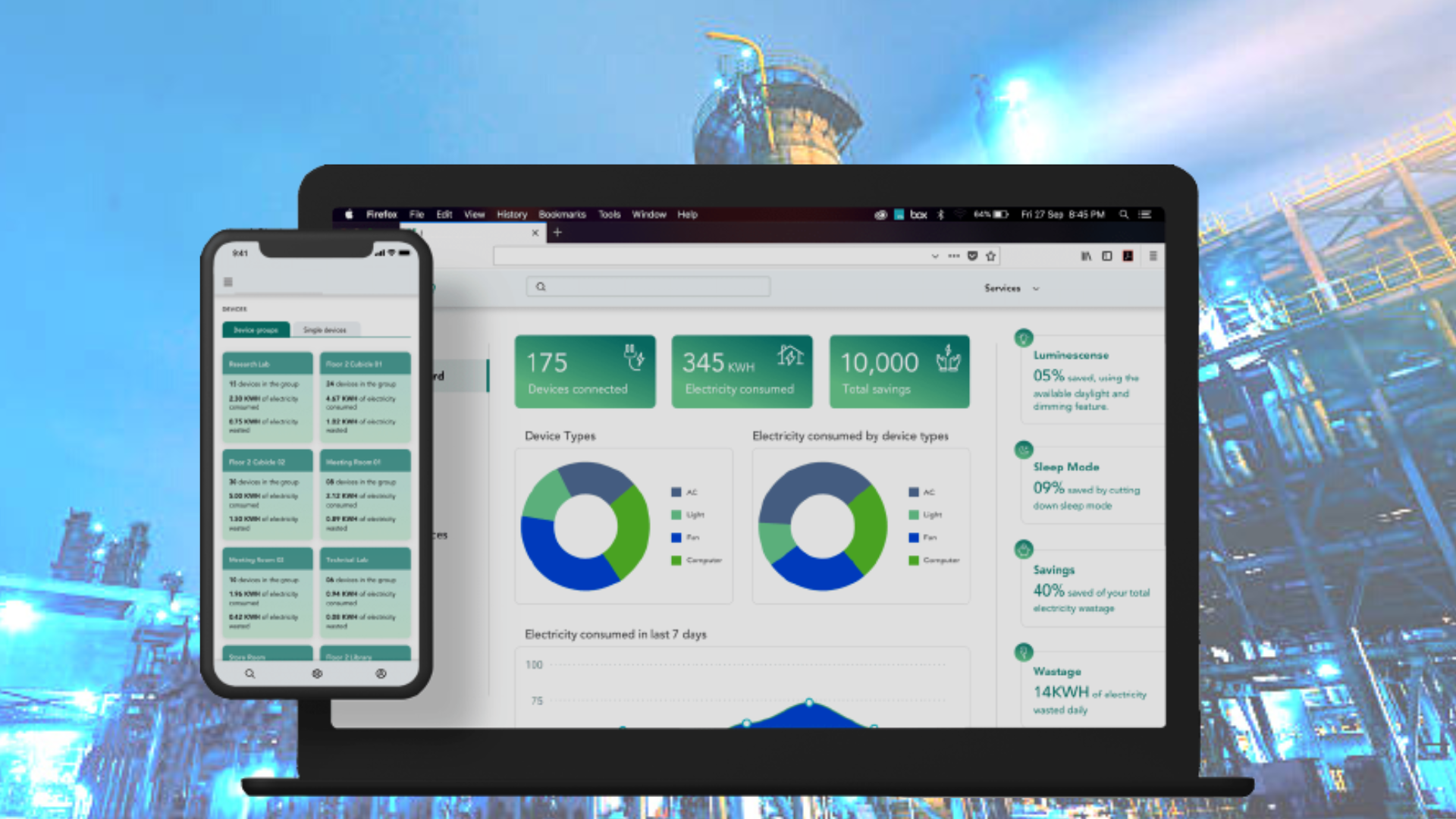Energy costs take a substantial slice in the cost balance of many companies. However, it is possible to significantly reduce this cost factor by optimizing energy consumption and taking advantage of the benefits offered by the liberalized energy market. Investments in this optimization process can be amortized on a short-term basis in many cases. Utilization of the entire spectrum of energy cost reduction demands integrated system solutions, the range covers the monitoring, analysis, and evaluation of the relevant energy and operational data, as well as energy forecasts and optimization functions.

Energy Management System (EMS) is a software-based system that will be used to monitor and control energy consumption in manufacturing facilities. EMS collect data from various energy-consuming devices, such as HVAC systems, lighting, and industrial equipment, and use that data to optimize energy usage and reduce costs.
Features of Energy Management System

Energy monitoring
It can collect data from energy meters and other devices to provide real-time information on energy consumption, costs, and usage patterns.

Energy forecasting
System will use historical data to create energy consumption forecasts, allowing organizations to plan and budget for energy usage.

Energy optimization
The system can use data to identify and prioritize opportunities for energy savings and can automatically adjust settings on energy-consuming devices to optimize energy usage.

Alarm and alert management
EMS will send alerts when energy consumption exceeds a certain threshold or when equipment malfunctions, allowing organizations to quickly identify and address problems.

Reporting and analytics
EMS system can provide detailed reports and analytics on energy consumption, costs, and usage patterns, allowing organizations to make data-driven decisions on energy management.

Compliance
The system can provide data to be compliant with local and international regulations.
Benefits of Energy Management System

Cost savings
By monitoring and controlling energy usage, an EMS can help organizations identify and prioritize opportunities for energy savings, reducing energy costs and increasing profitability.

Compliance
EMS will provide data to help organizations meet regulatory requirements and comply with local and international energy efficiency standards.

Improved reliability
It will monitor equipment and send alerts when energy consumption exceeds a certain threshold or when equipment malfunctions, allowing organizations to quickly identify and address problems, improving reliability and reducing downtime.

Better decision making
EMS can provide detailed reports and analytics on energy consumption, costs, and usage patterns, allowing organizations to make data-driven decisions on energy management.

Real-time monitoring
EMS system provides real-time monitoring of energy usage, which can help organizations quickly identify and address problems and opportunities for savings.

Integration
Energy Management System can be integrated with other systems such as Building Management Systems (BMS) and Internet of Things (IoT) devices to provide a holistic view of energy usage across a facility or organization.

